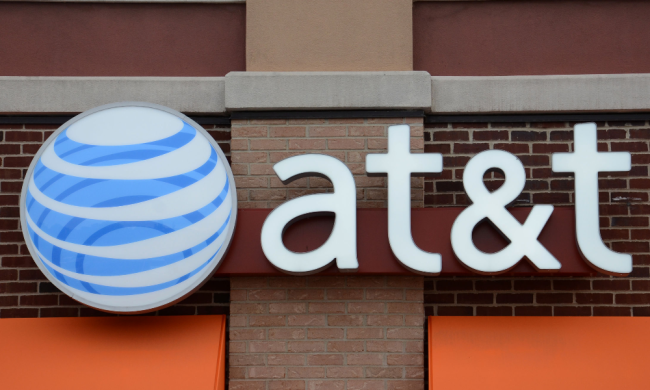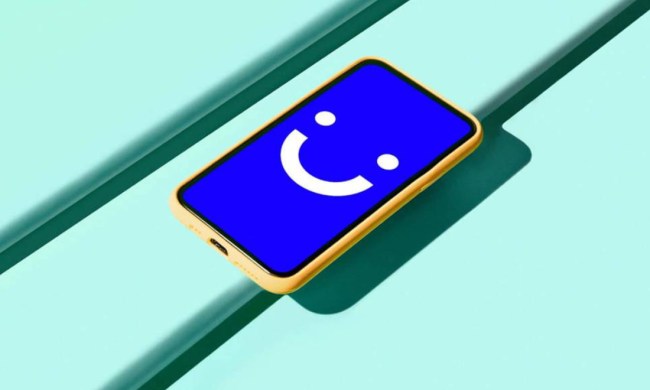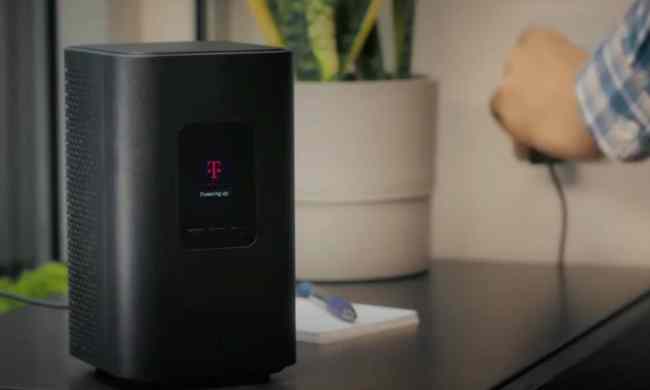TCL is bringing another cheap 5G phone to the U.S market today, launching the TCL V30 5G for Verizon for just $300. It’s not a flagship or even flagship-adjacent smartphone, it’s a phone that exists to bring 5G access more cheaply — along with some extra niceties.
Specs-wise, it’s what you expect on a phone from this price range. This is a pretty large phone that comes with the close standard 6.67-inch display that you’ll find on so many budget Android phones right now. It has a FullHD+ display, but there’s no smooth 90Hz refresh display so users will have to make do with a 60Hz refresh.
It’s not the most powerful phone you can buy, in case its price tag didn’t clue you in. There’s a Qualcomm Snapdragon 480 chip powering this backed by 4GB of RAM, and there’s 128GB of expandable storage onboard. While the 480 isn’t that powerful, it is necessary to bring 5G 5G support, and the company highlights support for Verizon’s Ultra Wideband
Camera-wise, there’s a 50-megapixel main camera, a 5MP ultrawide, and a 2MP macro lens with a 16MP front-facing camera for selfies and video calling. These should be good in daylight, though nighttime may present a problem. You won’t have a problem reaching nighttime on a single charge though, as the company offers a 4,500 mAh battery with fast charging that lets you to it up in under three hours. Finally, TCL has added face unlock and a rear fingerprint sensor for authentication.
The 30V isn’t the best budget smartphone around, especially when you compare it to the slightly more expensive Pixel 5a. However, if you can’t spare a little more, then it looks like a pretty good choice for buyers cross-shopping with HMD and Samsung’s slate of cheap 5G phones.



